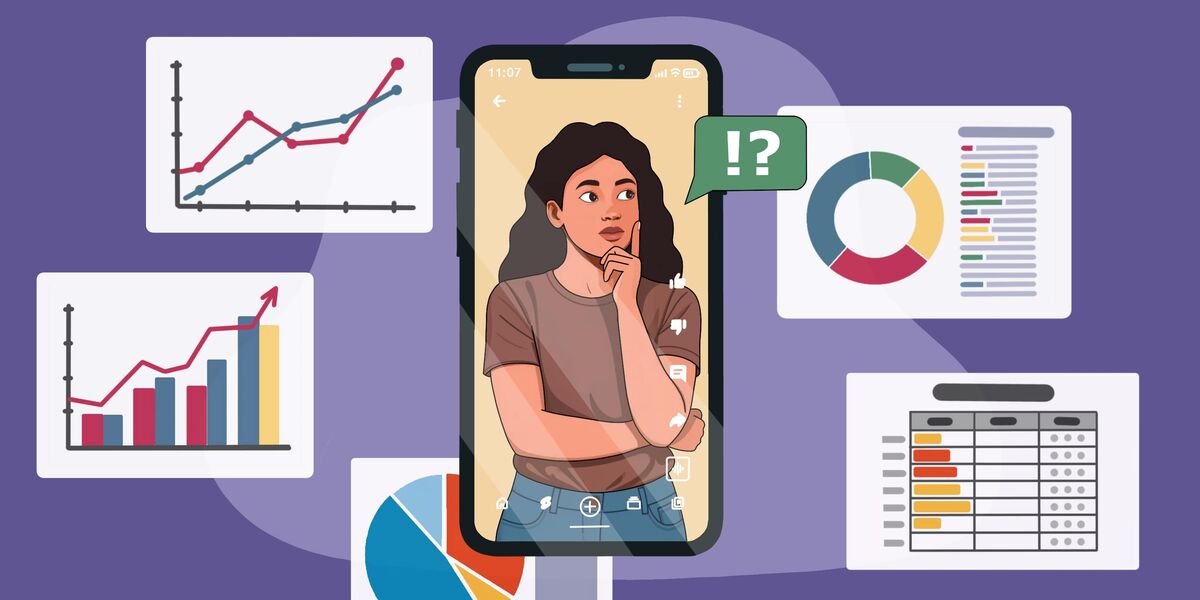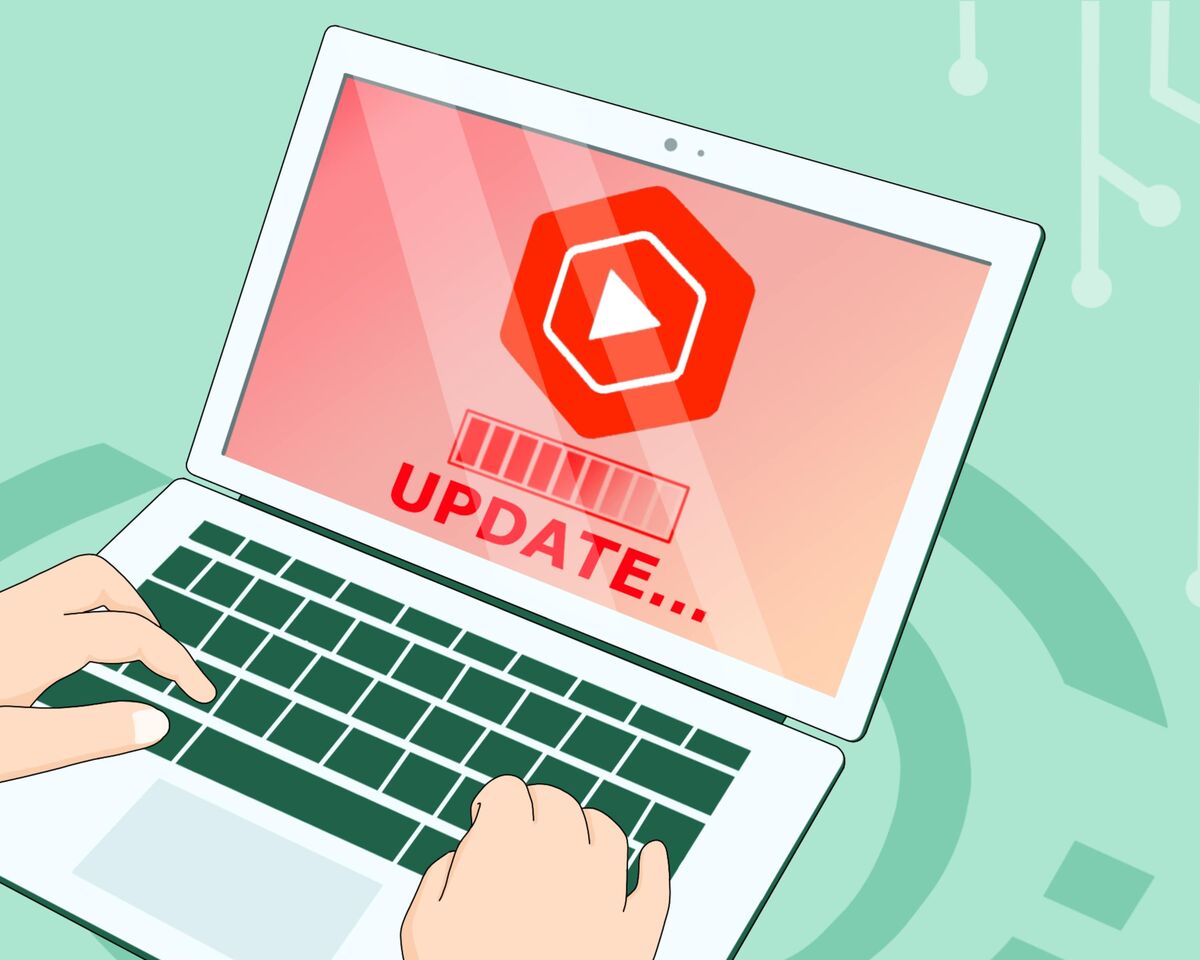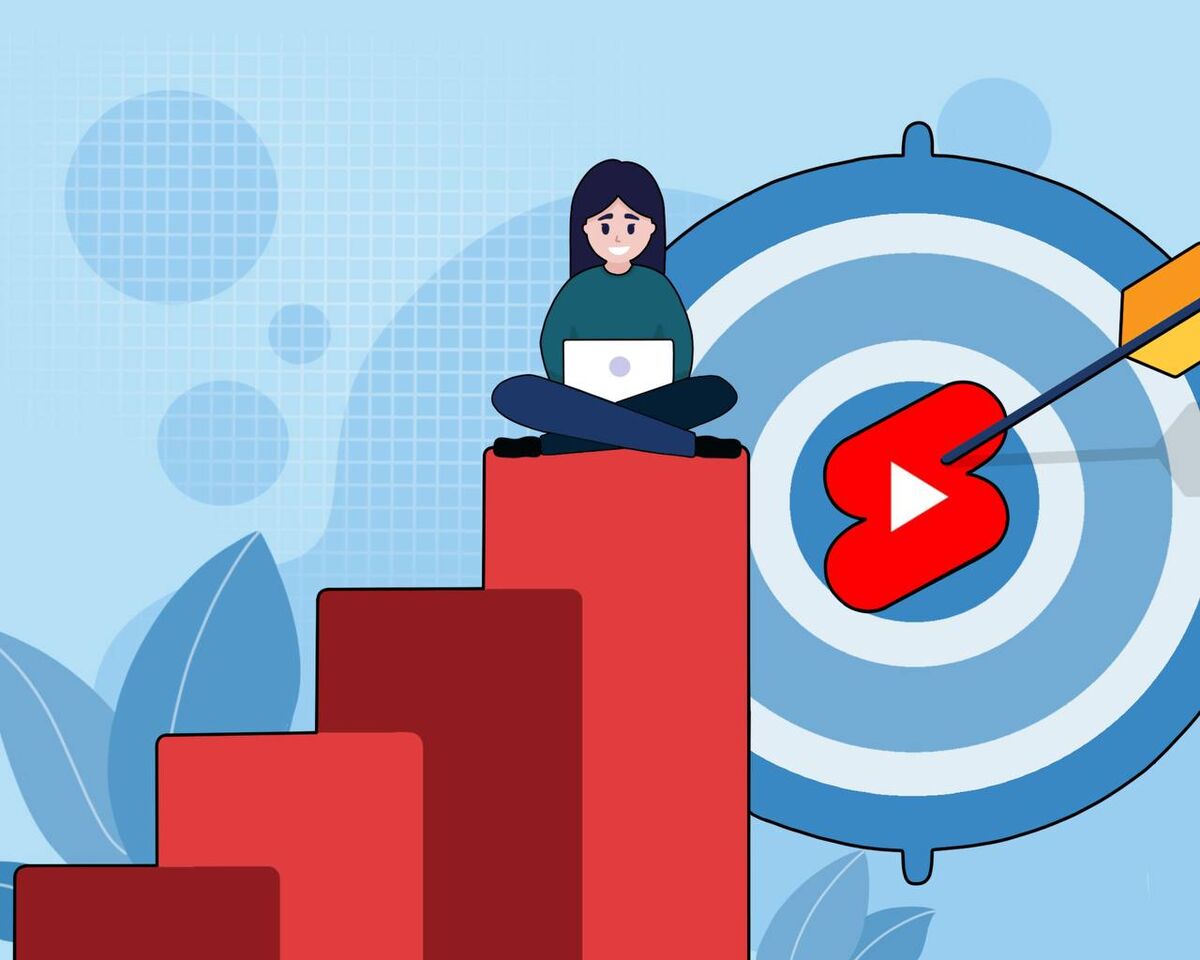YouTube Shorts Algorithm Decoded: Your Guide to Going Viral

We know, we know how almost all of you are sometimes tempted by easy views and quick growth that Shorts promise. And it's true: going viral with short videos is easier and faster than with long ones.
However, this is where those "WHAT IF, BUT" always begin, because combining main content and Shorts is dangerous, as the latter can sink your channel.
Or not?
To figure this out, let's first answer the question that has probably already popped into your head:
Are the algorithms for long and short videos similar?
And here we'll give you a definitive answer right away — no, these are two completely different content formats, and they work differently.
But they have a common denominator — viewers.
In the case of both long and short videos, exactly one factor influences how recommendation systems work and even how platform algorithms learn: audience behavior. That is, how they react to certain content over a period of time.
Therefore, every creator simply must always keep in mind that if you want to conquer the platform's algorithms — find out what your audience likes.
Okay, if everything revolves around the audience, then what are the differences, since you, Prodvigate, just said these are completely different types of content.
Yes, that's exactly right.
The format of long videos itself drastically differs from short ones: the structure of big videos won't work in Shorts, and your comprehensive research from main content can't be transferred to short videos to the same extent.
And vice versa: simple plots from Shorts won't interest viewers who consume long videos, because they don't come to chuckle at a couple of memes, but to immerse themselves in viewing.
And from this comes the second difference: audience reaction in the Shorts feed and in main content recommendations will be different. And as we already said above, how platform algorithms work directly depends on audience behavior.
Now let's dive a bit deeper into the details.
How do the differences between short and long video formats affect viewer behavior?
Let's be honest: the feeds of Shorts, Reels, TikToks and other such platforms are created for getting hooked, getting quick dopamine hits, and doomscrolling endlessly.
Therefore, in a nutshell, the mission of short videos can be described as quick entertainment and easy knowledge. After all, scrolling through the feed, we can easily look at hilarious animals, and then watch a useful video with a borscht recipe.
When choosing long videos, viewers have time to think before clicking: to look at and evaluate the thumbnail, familiarize themselves with the video's topic in the title, and only after these actions decide — to watch or not to watch.
That's why it's so important for us to design thumbnails and come up with quality titles: it matters to the audience, and therefore — to promotion as well.
But what about the Shorts feed?
First of all, thumbnails and titles have absolutely zero significance in it: videos flash by in batches, and creators have only a couple of seconds to grab the audience's attention.
But for those who want to maintain their own brand image, we would still recommend doing minimal design and selecting good freeze frames. After all, viewers want to see nice-looking videos in the "Shorts" tab on channels.
But thumbnails definitely have no real impact on the audience.
Viewers of short and long videos have completely different needs, and they don't go to the Shorts feed with a specific problem or pain point. However, the audience there is ready to listen to you if it's something unexpected, simple, and easily hooks them.
If in long videos the viewer evaluates the topic through the combination of thumbnail-title-intro, then in the Shorts feed you only have the intro, and literally just 1-2 seconds for the viewer to decide whether to watch or scroll further.
And notice how much easier it is to switch between short videos than long ones: the moment a viewer gets bored, one swipe, and good luck...
No retention for you, no like, no comment.
Considering everything we've discussed above, a logical question arises: How does all this affect what content the platform's algorithms will promote in the short video feed?
Or to put it more simply —
What metrics does YouTube consider when promoting Shorts
And we'll start with the fact that retention matters for promoting short videos, which YouTube doesn't hide: this was noted in an interview by Todd Sherman himself, the creator of the Shorts algorithms.
So we're definitely adding this point to our list and marking it as important.
You can view retention data in the analytics of each individual short video in the "Overview" or "Engagement" tab: here you can assess both the retention percentage and average view duration, as well as how exactly viewers watch Shorts.
If there are any peaks and drops on the graph, you can evaluate which moments viewers returned to and which ones they skipped through.
And all of this still resembles how YouTube promotes long videos.
But then the differences begin.
Todd, the creator of short video algorithms, says that retention is important, but what matters even more is how the viewer behaves after watching.
And you've probably already thought about likes or comments, but no.
They have the least impact on Shorts promotion, and what YouTube actually evaluates is the viewer's actions.
For example, how quickly a person scrolled past the video, whether they rewatched it or not, whether they went to the blogger's channel, whether they watched more videos, and whether they subscribed to the channel.
And the platform's representative highlights one most important metric among all indicators — the ratio of swipes to views.
You can find this data both in the analytics of each individual video in the "Engagement" tab, and in the general channel analytics, in the "Content" tab under the "Shorts" section.
Now our list has grown, and first place is occupied by precisely the ratio of swipes to views.
Since Todd also tells us about other important signals, such as repeat views or new subscribers, we can evaluate those metrics that are available to us.
For example, in channel analytics, in the "Content" tab, when selecting "All content types," you can assess how many returning viewers your Shorts have, as well as how many subscribers appeared through short videos compared to other types of content on the channel.
Of course, analytics can't show us everything, but this data is already enough to evaluate your content and its success.
There's one more area where long and short videos intersect, but which platform managers don't talk about — YouTube search.
Because for both long and short videos, optimization matters for ranking in search results.
But here's an immediate disclaimer: we know perfectly well that the main traffic source for short videos is the Shorts feed, not search, especially for entertainment channels.
But for educational channels, optimization is useful, and a clear and adequate title is enough for a Short to occasionally pop up in the audience's search results.
Shorts can easily become successful evergreen content. Therefore, if you have an educational channel and search traffic is necessary, we recommend basically formatting the title according to audience queries, and you'll be happy.
Okay, everything's clear here, let's now briefly answer the question
But how do Shorts algorithms actually work?
The promotion of short videos in the recommendation feed is influenced by:
- The ratio of swipes to views in the feed
- Retention and repeat views
- Subscriptions, channel visits, views of other videos by the creator
- And at the end of the list: likes, comments, the "Share" button
If search traffic is important to you, then here, just as with long videos, optimization for specific high-frequency viewer queries matters.
And honestly, we definitely wouldn't refuse the opportunity to pull traffic to the channel from search—when has it ever been excessive for anyone?
And, by the way —
What counts as a view for Shorts?
The answer is simple — everything.
A recent update to the view counting system ruined everything: now literally every view will be counted.
Someone scrolled past your video in a fraction of a second? One view. And then came back to the video? Another view. And then scrolled again and came back again? Plus two more views.
All of this essentially just adds up data like the number of impressions and the number of actual views of your Shorts.
And everything would be fine, except that the view count for each individual short video will become astronomical, even though in reality you won't get anything from them.
And this is no joke: monetization and meeting the conditions for joining the Partner Program are counted by engaged views, not the total number of views.
All of this was done so that creators would be happy with big numbers, viewers would be impressed by them, but this doesn't guarantee you real subscriptions, views of your other content, and especially not transitions to long videos if you're combining both formats.
So they've simply slipped us pretty numbers in exchange for adequate analytics.
Does the length of short videos matter?
So, what does the creator of the Shorts algorithms tell us about this: there's no clear answer to the question "what length should short videos be," BUT you're better off making them shorter.
Also YouTube six months later: we've introduced 3-minute Shorts!
But despite these contradictions, there's a very good thought in the managers' words: use as much time in a short video as necessary to tell your story in an interesting way.
And we, in turn, want to slightly disagree with the thesis that shorter stories will always be more successful.
Besides the fact that the duration should be such that the viewer doesn't lose interest in your video, there are also different types of viewers. Some people like it fast, bright, and intense, while others prefer measured, calm, and detailed content, and here the rule "to each their own" applies.
Why Shorts first gain views and then suddenly freeze
This is one of the most pressing questions, because literally every one of us has faced this problem.
Let's recall the basics.
How YouTube works:
- It analyzes viewers and their interests
- Collects data about them
- Forms profiles
- Groups them into certain interest-based clusters
- And compiles recommendation selections from videos it considers most suitable for each specific viewer
Everything is simple and clear—your videos get into such selections, and a certain phase of test impressions begins, showing the video to regular viewers whose interests match your content.
Regular viewers aren't just your subscribers, they're literally any people who have watched something on your channel at least once within a given time period.
For new channels that don't yet have a clear Target Audience, metadata is added to this scheme—titles, descriptions, video tags, video text—through which YouTube tries to understand what topic is before it and who might be interested.
And for long videos, this scheme works correctly, especially when YouTube has already identified your audience and you've managed to retain them on the channel.
But with Shorts, there's a problem.
There's no clear audience divided by topics here, and it's impossible to create basic profiles, because during the scroll through the short video feed, one person's interests can be categorically different within a conditional minute.
Moreover, creators have fewer tools that could help YouTube determine who your potential viewers are, especially on new channels.
Because that same optimization works poorly with short videos, and from this it turns out that all your test impressions more often miss the right audience, since viewer profiles are too blurred.
Hypothetically: there are viewers who simultaneously get hooked on videos with cats in the Shorts feed, then on funny sketches, and then the person's mood changes altogether, and they go cry over depressing videos.
And so it turns out that YouTube doesn't have clear criteria for whom to recommend which videos.
It throws your Shorts into the hellfire of recommendations more often at random, cooks them there for a while, doesn't see the proper response, and stops giving impressions.
There's your answer to the question "why does a Short get 2,500 views and that's it?"
And this can happen in waves: YouTube seemingly found the audience, but after a dozen videos that reached the right viewers, it missed again, because the viewers shuffled slightly and the profiles fell apart.
On the flip side, with short videos, both new and established creators have almost equal chances of success.
Here's another thing: we know that many people, if a video doesn't take off, simply delete it and upload it again.
Reviews of this tactic are completely mixed, so let's pose the question to YouTube managers:
Is it worth deleting unsuccessful videos?
The creator of the Shorts algorithms doesn't recommend it and says that YouTube will regard the deletion of any Short as spam.
In Todd's opinion, creators should better accept that the video didn't take off, draw conclusions, and continue making content moving forward.
If you're interested in our opinion, we would definitely listen to the YouTube folks on this specific question. Because the statement was made very firmly, without any undertones, and we must admit, platform employees definitely know more about YouTube than we do.
There's only one question left to answer:
Can Shorts "kill" long videos?
Why do short videos kill long ones, and channels in general, in the first place? The problem, again, is that YouTube is trying to combine formats of content that are too different.
People who watch short videos typically subscribe to channels to watch only them.
Viral Shorts bring in an audience, your number of subscribers and regular viewers grows, but here's the thing—they don't watch new long videos on the channel.
YouTube sees that your viewers aren't interested in the main content and interprets this as a signal that the videos are bad. Consequently, such content doesn't need to be promoted, and each time the number of impressions on long videos will decrease and decrease.
This is the main danger of combining long and short formats on one channel.
And what's saddest—the creator of short video algorithms confirms our concerns: people who are interested in short videos are not the same people who are interested in long ones.
And let us clarify further: the viewers on YouTube are the same people, the trick is that those who watch kittens, sketches, and tearjerker videos simultaneously in the Shorts feed won't go watch your main content. Their interests regarding long videos differ drastically in most cases.
Anticipating your objections, we'll add: of course all people are different, and there will be plenty of those who subscribed to a creator from Shorts and went to watch their main content. And that's precisely why you can combine short and long videos, you just need to do it consciously, and in the next article we'll examine specific strategies that can be used in practice.




